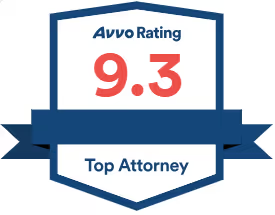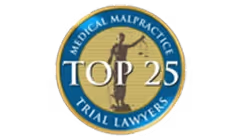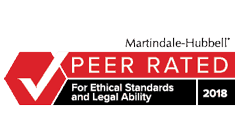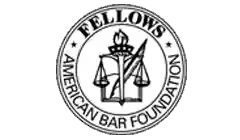If a person’s death is caused by the negligence, recklessness, or malpractice of another, then a deceased person’s Estate Administrator or Executor may commence a wrongful death case or cause of action on behalf of the deceased’s distributees.
A distributee is defined by section 4-1.1 the Estate Powers and Trust Law, and include the deceased’s surviving spouse, children and adult children, parents, and grandparents. The estate representative, either the Administrator or Executor appointed by the Surrogate’s Court, has the standing to bring a wrongful death cause of action in New York State. The New York State statute of limitations in wrongful death is two years and runs from the date of death.
A wrongful death case seeks the recovery for the distributees’ pecuniary losses resulting from the decedent’s demise, such as loss of economic support previously provided by the deceased, loss of household assistance and childrearing services by the deceased, loss of volunteered assistance by the deceased, medical expenses associated with the death, as well as funeral and related expenses. In addition, if the distributees are minors, then loss of parental support, guidance, and nurturance is part of the damages. The damages in a wrongful death case are not considered to be part of the deceased individual’s estate.
The deceased’s conscious pain and suffering is not part of a wrongful death action, but part of the so-called survivorship cause of action. Likewise, the surviving spouse’s loss of spousal services after the decedent’s injury, but prior to his death, are part of this survivorship cause of action and are usually short in duration. The damages awarded for the survivorship injuries are considered to be part of the decedent’s estate and are distributed according to the will or as the Surrogate’s Court decrees.
The statute of limitations for the survivorship action is, generally, three (3) years from the date of negligence or two-and-a-half (2.5) years from the date of medical malpractice. As a practical matter, since the survivorship causes of action are typically brought in a complaint that also contains a wrongful death cause of action, the lawsuit is commenced within 2 years after the date of death to preserve the shorter wrongful death statute of limitations.
Many of The Jacob D. Fuchsberg Law Firm’s cases include these kinds of claims. If you have lost a family member or other loved one as a result of what you believe is another’s negligence or malpractice and want to discuss a potential lawsuit as a result of the death, kindly contact The Jacob D. Fuchsberg Law Firm, LLP.
FAQ

.svg)

.avif)









